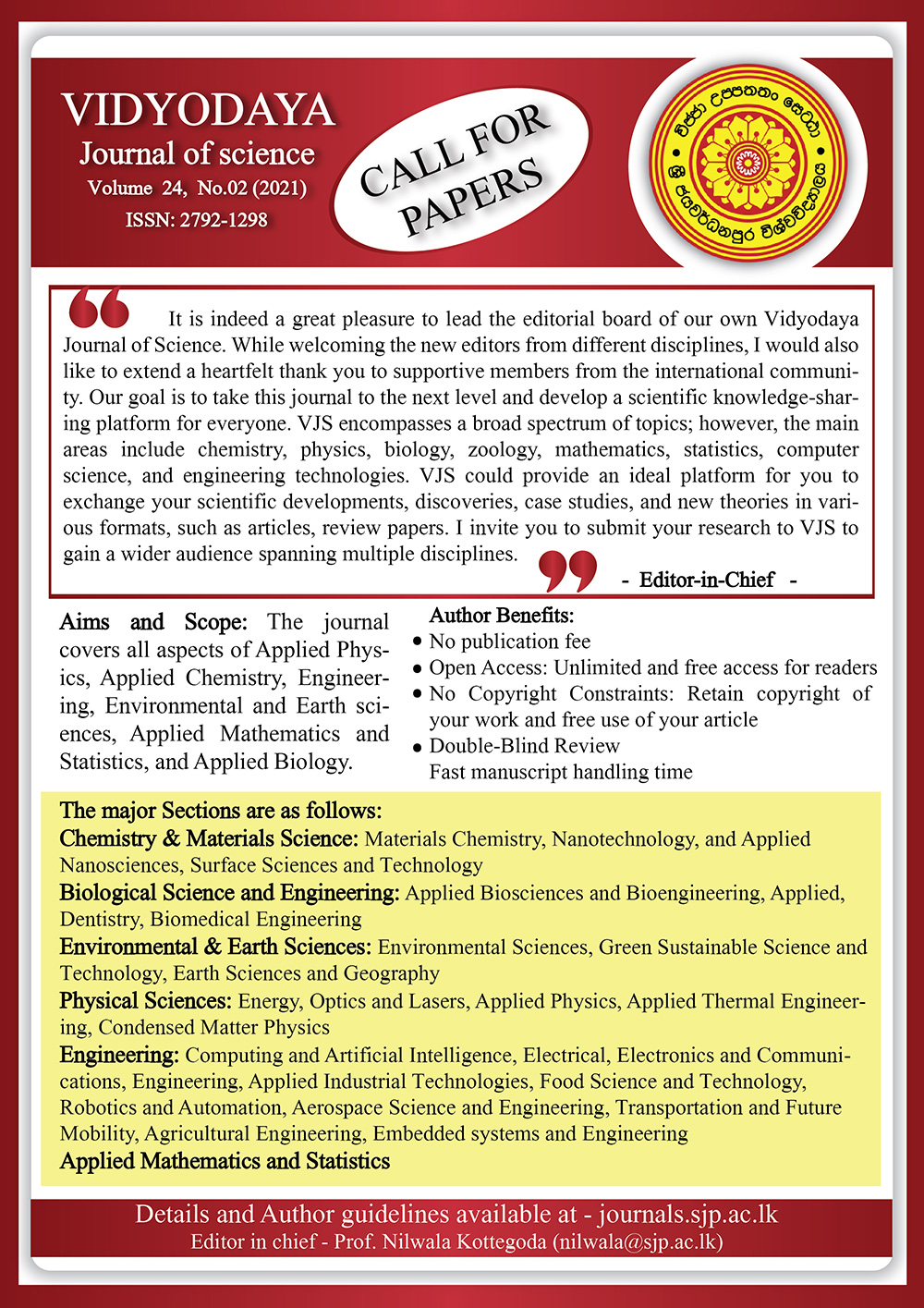The Mortality Kinks Kinematics Involving Gauss Forward Interpolation
DOI:
https://doi.org/10.31357/vjs.v1i03.8429Abstract
The estimation of continuous death probability has motivated competitive interest in life assurance practice and mortality literatures with the study's specific goal of estimating the force of mortality with an acceptable level of accuracy. Using the non-parametric interpolation to model human mortality rates has several implications especially in terms of its effectiveness and practical applications in actuarial science, insurance and pension planning. In the context of mortality modeling, the model involves fitting mortality data to interpolation model that captures the forward-looking behavior of mortality rates over time. This model is capable of incorporating the future evolution of mortality rates based on past trends and economic conditions. Initiating Gauss forward interpolation process involves a crucial stage of theoretical work that yields much more valuable outcomes with tremendous practical significance to investigation of mortality behaviour. The objectives of the research are to detect kinks on instantaneous death rate and construct the corresponding mortality rates. From the results obtained, the modal age at death is around 84 for normal humans. Although the methodology has the potential to detect kinks due to random fluctuations or shocks in mortality rates that are difficult to predict deterministically otherwise, computational evidence confirm that the interpolative approach provides more accurate, improved, robust and reasonable lower mortality estimates compared to parametric results in Neil’s. This implies that while mortality rates may follow broad trends, there can be unexpected changes due to external factors like pandemics, economic shifts or healthcare advancements.
Keywords: Probability, Estimation, Life assurance, Mortality, Lifetime



